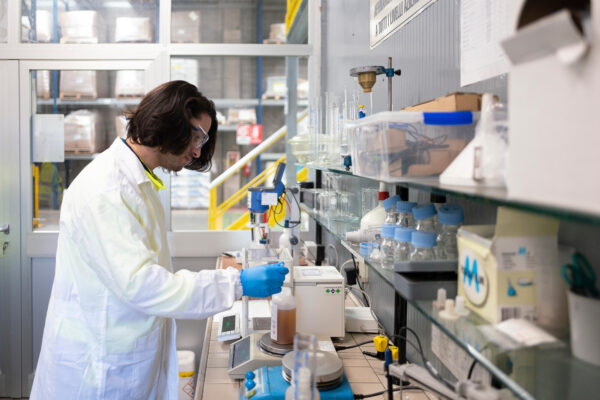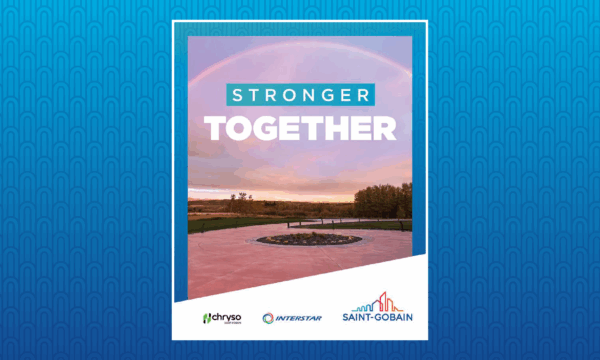Concrete Alberta Sustainability: Q&A with Brenton Smith – Part 1

Concrete Alberta’s Sustainability and Resilience Committee recently developed a video series called “Concrete: A Pathway to a Sustainable Tomorrow.” We sat down with Chryso Canada employee Benton Smith to discuss the video series and what it has to say about sustainability.
Lisa Barnard: What does a sustainable concrete mix actually look like in practice?
Brenton Smith: A sustainable concrete mix in practice should look like the current mix, both in plastic and hardened properties. The key is to minimize the carbon footprint by reducing cement content,maximizing supplementary cementing materials (SCMs), and utilizing local materials. This process involves a dialogue between the end user and the concrete producer to ensure the mix meets the user’s needs without compromising performance.
Lisa Barnard: You’ve seen concrete practices all over the world—what makes Alberta unique?
Brenton Smith: Alberta’s concrete practices are unique due to its extreme temperature variations between winter and summer. In summer, hot, dry, and windy conditions lead to issues like plastic shrinkage cracking and rapid slump loss. Curing is a significant challenge, and the industry in Alberta struggles with effective curing compared to other regions. Therefore, concrete mixes in Alberta need to have good slump life while ensuring strength gain to mitigate these issues.
Q: Lisa Barnard: What innovations or products are you most excited about right now?
A: Brenton Smith: I’m excited about several innovations and products in the concrete industry! The introduction of new New Supplementary Cementing Materials or SCMs, such as metakaolin and SCMs from other waste streams, is particularly exciting. These materials offer new opportunities for reducing carbon emissions.
The role of admixture companies in adapting and producing products to incorporate these new SCMs is crucial. Admixture products like the Quad line help enhance finishability and allow the use of manufactured sands, which reduces aggregate transportation costs and CO2 emissions.
The concrete industry is changing faster than ever, with significant advancements in cements, SCMs, and admixture technologies. This dynamic environment presents exciting opportunities for innovation and improvement.
These innovations and products are driving significant progress in reducing carbon emissions and improving the sustainability of concrete.
Lisa Barnard: How can producers reduce carbon without compromising performance?
Brenton Smith: Producers can reduce carbon without compromising performance by understanding the end user’s performance needs and avoiding restrictive prescriptive specifications, such as minimum cement contents or limitations on SCM contents.
Utilizing current concrete admixture offerings, which are rapidly evolving. High-range water reducers and strength enhancers can help reduce cement content while maintaining performance.
Employing products like the Quad product line, which enhance finishability and allow the use of manufactured sands, reducing the reliance on natural sands and lowering carbon emissions.
Lisa Barnard: What role do engineers and specifiers play in enabling change?
Brenton Smith: Engineers and specifiers play a crucial role in enabling change by adopting performance specifications, which allow concrete producers to supply the most sustainable mix possible.
They also utilize the knowledge and experience of local concrete producers, ensuring that the materials and methods used are optimized for local conditions and engage in dialogue with concrete producers rather than imposing prescriptive requirements, fostering collaboration and innovation
You learn more by visiting Concrete Alberta.





